About Polynesian tattoos
Polynesia is a subregion of Oceania made up of more than 1000 islands scattered over the central and southern Pacific Ocean. These islands were populated by different tribal peoples, with cultural aspects in common including the practice of tattooing. Also the tattoos were different from tribe to tribe and they are divided into 3 different main categories: Marquesan, Samoan and Maori. All these styles include symbols that are mainly abstracted from nature. These symbols placed next to each other and creating a composition on the body, their main meanings was to represent the rank of belonging and to protect the person wearing them.
I will briefly explain about the different tattoo styles from Polynesia, without going deep into meanings because that is not my expertise.
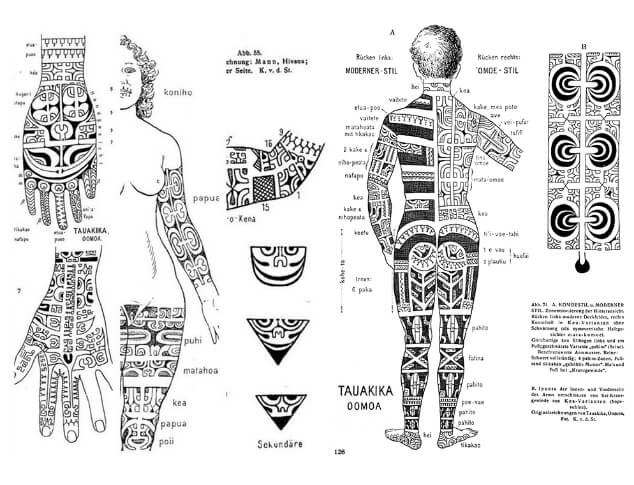
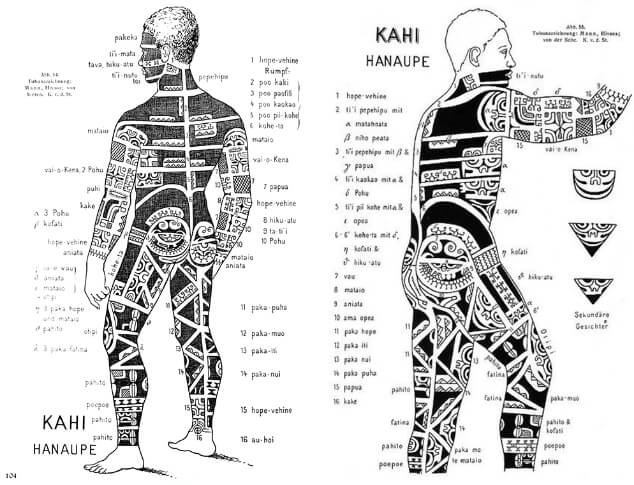
Marquesan Patutiki
This style of tattoo comes from the Marquesas Islands, a group of volcanic islands in French Polynesia. It is recognized by the squared layout, a solid negative space runs along all the design, dividing the symbols and the black tattooed areas. The negative space is essential to give light and power to the composition and to the anatomy of the person wearing it. Like most tribal populations, the Marquesas were a people of warriors and navigators; these tattoos were intended to act as armor and protect the person who wore them through the energy emanating from the symbols represented. The original name of the practice is Patutiki (patu, to mark or strike; tiki, designs). It was performed by the Tuhuna, accompanied by ceremonies and rituals which their preparation required several days to be made.
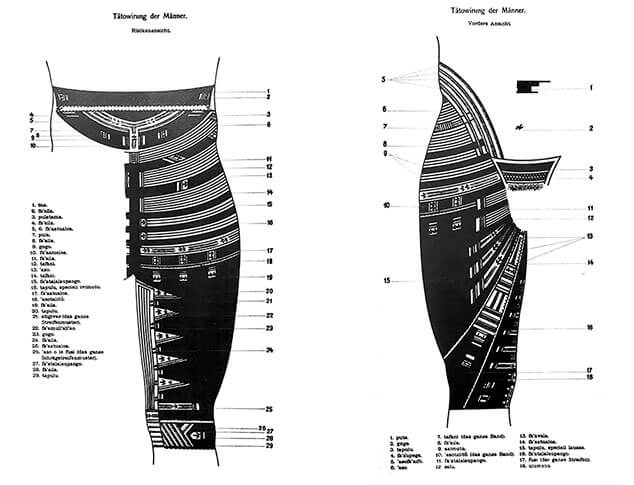
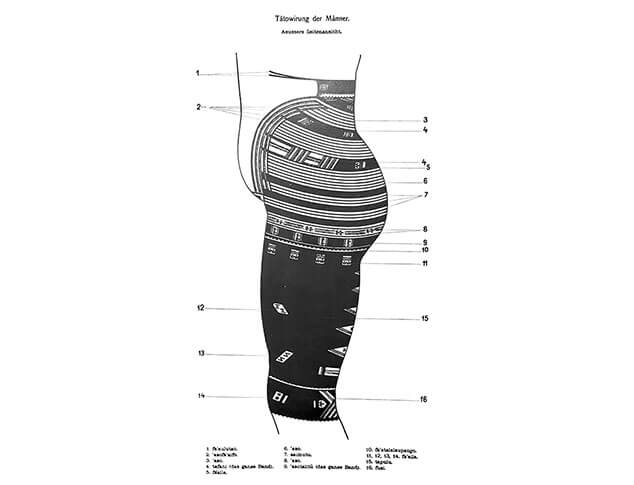
Samoan Tatau
Peʻa is the popular name for the traditional male tatau (tattoo) of Samoa, also known as malofie (for men) or malu (for women). Covering the body from the middle of the back to the knees, it was originally tattooed exclusively on that part of the body. Despite being denser and more refined than Marquesan tattooing, also the Samoan one includes massive areas filled with black (for men). Also in this case the Samoan tattoo was intended to protect the wearer as well as to represent the social rank of belonging. Nowadays it has been revisited in modern tattooing and adapted to almost every part of the body, gaining popularity in Western culture.
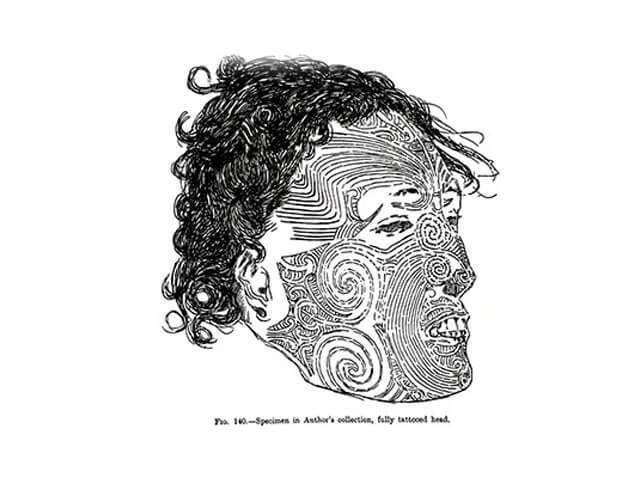
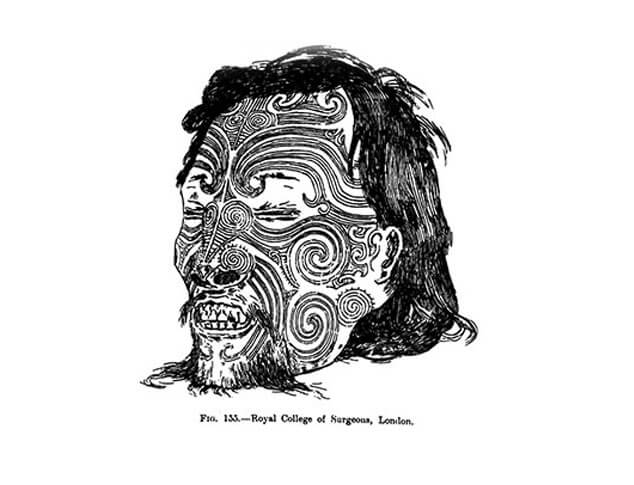
Māori TāMoko
It originates in Aotearoa (New Zealand) and originally had the face as its focal point; for men it extended over the entire face, while for women it was limited to the chin and lip area. Some Māori also had other parts of the body tattooed, such as their back, buttocks and legs. Unlike the Marquesan and Samoan tattoos, the Māori tattoo does not include extensive backgrounds of black. The contrast is given by the large amount of lines which, dense close to each other, give life to curvilinear movements and patterns composed of powerful and meaningful symbols. An important role is played by the negative space, which dynamically crosses the composition, giving it organicity and readability. For the Māori people there is a sacred dimension related to Tā Moko; it is a unique expression of cultural heritage and identity. In Māori culture, it reflects the individual’s whakapapa (ancestry) and personal history. In older times it was significant to the social rank, knowledge, skill and eligibility to marry. Like the Samoan tattoo in modern times, the Maori tattooing has been revisited in a modern way and adapted to most parts of the body.


BORNEO/IBAN PANTANG
Borneo tattoos – often also known as Iban tattoos – originate from the indigenous peoples of the island of Sarawak.
These tattoos hold significant cultural and spiritual meaning within these communities. Traditionally, they were used to symbolize a person’s status, achievements, and connection to their ancestry. The aesthetic of tattoos from Borneo is characterized by its bold, intricate designs and rich symbolism. Inspired by nature – such as animals, plant and geometric shapes – these designs often cover large areas, such as the back, chest, arms, and legs, flowing seamlessly across different body parts. The use of thick, black lines and solid black fillings, gives them a bold and graphic appearance. The overall effect is a visually cohesive and harmonious composition that accentuates the natural contours of the body. Probably the least known style among the tribals, it’s personally one of the most fascinating to me. The interest I have for this culture led me to visit Sarawak twice, once in 2019 and again in 2023. Thanks to the hospitality and warm welcome of the local people, I consider now this place like a second home.